Steel makers shape up to contend with new carbon tax
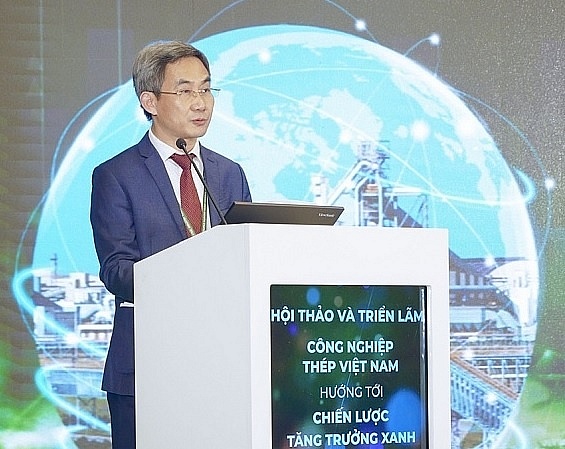 |
| Ngiem Xuan Da, chairman of the Vietnam Steel Association |
Speaking at last week's conference on the green growth strategy of the Vietnamese steel industry, Nghiem Xuan Da, chairman of the Vietnam Steel Association, stressed that the environmental transformation of steel production is an inevitability.
“Vietnam's steel industry is making gradual efforts to optimise technology for effective energy use by utilising excess heat in the production process to generate electricity. If businesses want to maintain their relationship with certain export markets, they must comply with regulations and reduce greenhouse gas (GHG) emissions to meet the EU Carbon Border Adjustment Mechanism (CBAM),” he said.
Da added that the steel industry will continue to coordinate with ministries and related international steel organisations to implement actions that will meet the new requirements.
Speaking on the sidelines of the conference, Le Khac Giang, deputy head of the Production Department at NatSteelVina (also known as Vietnam-Sing Steel) said that his business has had a system to calculate GHG in production for quite a long time, and has implemented controls, evaluated monthly indicators, and implemented emission reduction solutions.
However, Giang said that fully converting to carbon-free production is not easy. "We have only adopted energy-saving measures, and applied technology to improve productivity to gradually reduce emissions. Even though a number of foreign financial institutions can support businesses with loans at preferential interest rates to transition to green and clean production, investing large amounts of capital at this time is not viable for many companies," Giang shared.
The CBAM transition period will begin in October. From this time, it will initially apply only to selected products from the most carbon-intensive heavy industries including iron, steel, cement, aluminium, fertiliser, electricity, and hydrogen.
During the two-year transition period, businesses will have to report the total emissions of goods by type, but will not be subject to CBAM fees. From 2026 to 2034, businesses have to pay CBAM fees.
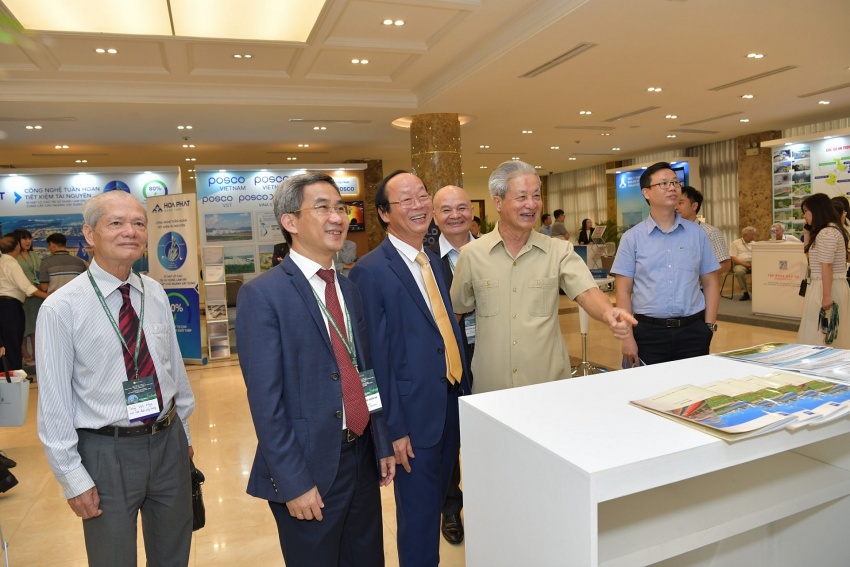 |
The EU is Vietnam's second-largest steel import market. In the first half of this year, 1.36 million tonnes of steel were exported to the EU, an increase of nearly 34 per cent on-year.
Pino Tese, Asia-Pacific sales director of SMS Group, shared at the conference that one solution to produce green steel is to make it from hydrogen. While this technology is currently available around the world, businesses need to consider green input sources to produce the hydrogen.
“Steel manufacturers have many options to go green. In addition to using green input sources such as renewable electricity and hydrogen, they also need to consider other changes such as electric arc furnaces to produce steel instead of conventional blast furnaces to minimise the use of fossil fuels,” said Tese.
According to SMS Group's forecast, by 2050 the total iron and steel production capacity will reach about 2,750 million tonnes per year globally. It is expected that factories that do not follow green trends will have to gradually close.
All participants expressed concern about the considerable impact of the CBAM mechanism on the steel industry and its export businesses. Along with the declining demand and fierce competition, CBAM will place an even higher burden on exporters.
Ma Khai Hien, director of the Energy Conservation Research and Development Center said, “CBAM is considered a significant challenge for Vietnam's steel manufacturing enterprises as the nation's average GHG emissions rate is about 23 per cent higher than the global average. Specifically, the average level in Vietnam's steel industry currently stands at 2.51 tonnes of CO2 per tonne of crude steel, while the average around the world is only 1.85 tonnes of CO2 per tonne of crude steel.
A representative of Hoa Phat Group said, "Currently, the unit is making an inventory of GHG emissions at the request of the government to meet export requirements to Europe. However, when exporting goods, this will be very complicated to calculate. In the near future, we will have specific data on this issue, which will be far clearer."
He added that implementing emissions reduction targets will impact businesses' production costs. Steel manufacturing enterprises will all be affected by that cost. This is an obstacle, but also a motivation for them to aim for stronger exports to more markets.
Meanwhile, Pham Cong Thao, deputy general director of Vietnam Steel Corporation, said that the enterprise is also capturing information and preparing to respond because the goal is to expand its export markets.
“Companies trying to comply with the CBAM have a significant problem because there are no clear regulations in the market for green steel. Due to the absence of standardisation, it may be challenging for steel companies to measure and report their emissions precisely, which might lead to higher costs or fines,” he said.
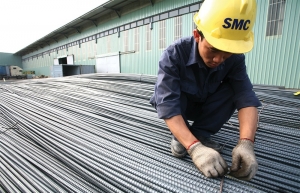 | Steel groups take on EU’s carbon rules Steel manufacturers in Vietnam are anxious about the procedures for receiving and reporting data related to carbon emissions for the upcoming application of the EU’s Carbon Border Adjustment Mechanism. |
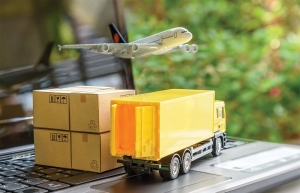 | Exporters anxious over EU carbon tax implementation With the European Union to begin use of the Carbon Border Adjustment Mechanism in October, the changes will have a direct impact on four categories of industrial products exported by Vietnam to the EU. |
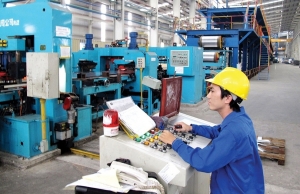 | Steady rise to goal of carbon neutrality The carbon-neutral investment outlook in Vietnam is expected to be joined by an increased number of both local and overseas players. |
 | Action to drive carbon reduction goal Cooperation between businesses and social organisations can make a positive contribution to reducing carbon footprints and protecting the environment, according to Tran Nhat Minh, director of the Institute for Research on Development Communication. |
What the stars mean:
★ Poor ★ ★ Promising ★★★ Good ★★★★ Very good ★★★★★ Exceptional
Related Contents
Latest News
More News
- Ho Chi Minh City hits $8.37 billion in FDI (December 29, 2025 | 08:28)
- Tax sector wraps up 2025 and sets priorities for next year (December 25, 2025 | 14:00)
- Heavy industries set for pilot greenhouse gas quotas (December 25, 2025 | 10:00)
- $250 million deal targets women-owned SMEs, sustainable agriculture (December 22, 2025 | 17:40)
- UOB sees Vietnam growth easing in fourth quarter (December 22, 2025 | 17:39)
- Government moves to establish International Financial Centre (December 21, 2025 | 21:00)
- Vietnam's IFC to target global investment flows (December 21, 2025 | 18:00)
- Ha Tinh breaks ground on major Vingroup industrial and energy projects (December 19, 2025 | 18:24)
- EVN launches major power infrastructure projects nationwide (December 19, 2025 | 18:17)
- VAL inaugurates second production line to meet domestic animal feed demand (December 19, 2025 | 16:37)

 Tag:
Tag:





















 Mobile Version
Mobile Version